All products featured are independently chosen by us. However, SoundGuys may receive a commission on orders placed through its retail links. See our ethics statement.
True wireless earbuds turn ten: A decade of development
February 9, 2024
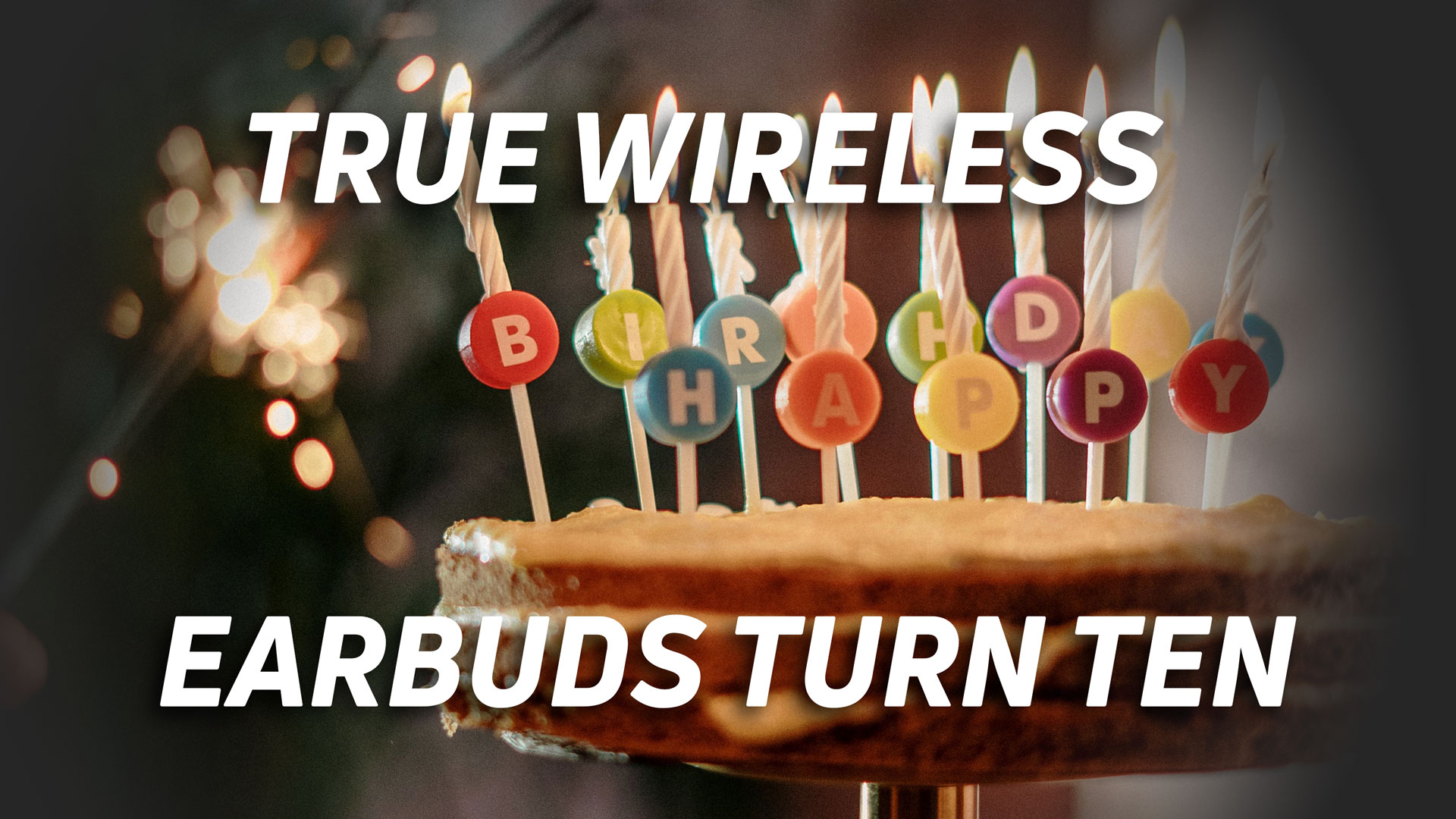
I’ve been reviewing headphones since 2011, and in that time, I’ve covered monumental shifts in consumer audio during the most transitionary period the category has seen. Advances like the widespread adoption of the Harman frequency response target and the mass proliferation of DSP were huge. Still, the arrival of true wireless stereo (TWS) earbuds was the most significant. This product category absolutely dumpstered conventional wisdom in a few short years — something unheard of in personal audio. As the first product of their kind was announced ten years ago today, I thought it would be fun to look down from the mountain, as it were, at the history of true wireless earbuds. How did we get here? Let’s take a stroll down memory lane.
What came before true wireless earbuds?
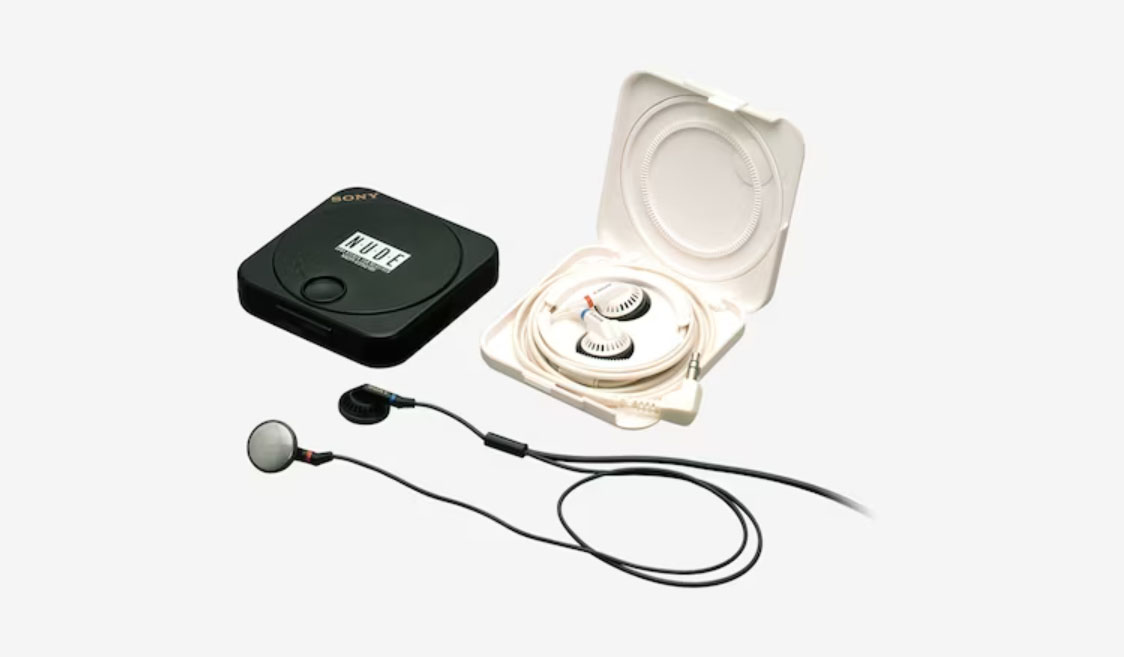
Before there were wireless earbuds, there were wired ones. Insert earphones — small earphones intended to enter the ear canal wholly or partially — have existed in some form since the 1890s. Today, headphones of this type are usually called in-ear monitors (IEMs).
When the Sony Walkman — the incredibly popular portable music player that was the first to play back from storage media instead of just receiving radio — was released in 1979, the on-ear headphones that came with it (the MDR-3) became some of the most popular consumer models around. Sony defined the personal audio space, and the earbuds we know today drew a lot of inspiration from its MDR-E252 intra-concha earphones, released in 1982. These earbuds sat outside the ear canal, held in place by a straight piece of plastic nestled within the concha cavity, between the tragus and antitragus of the ear. The goal wasn’t the best possible audio fidelity but rather to listen to music with something small, lightweight, and cheap enough to use with the Walkman product.
So when portable CD players like the Sony Discman hit shelves in the mid-eighties, they didn’t come with headphones; they came with cheap, convenient earbuds similar to Sony’s MDR-E252. Later, on the back of the MP3 revolution in 2001, the iPod was released, and the inclusion of Apple’s iconic white plastic intra-concha earphones — the EarPods — with the device proliferated this earbud style further than ever.
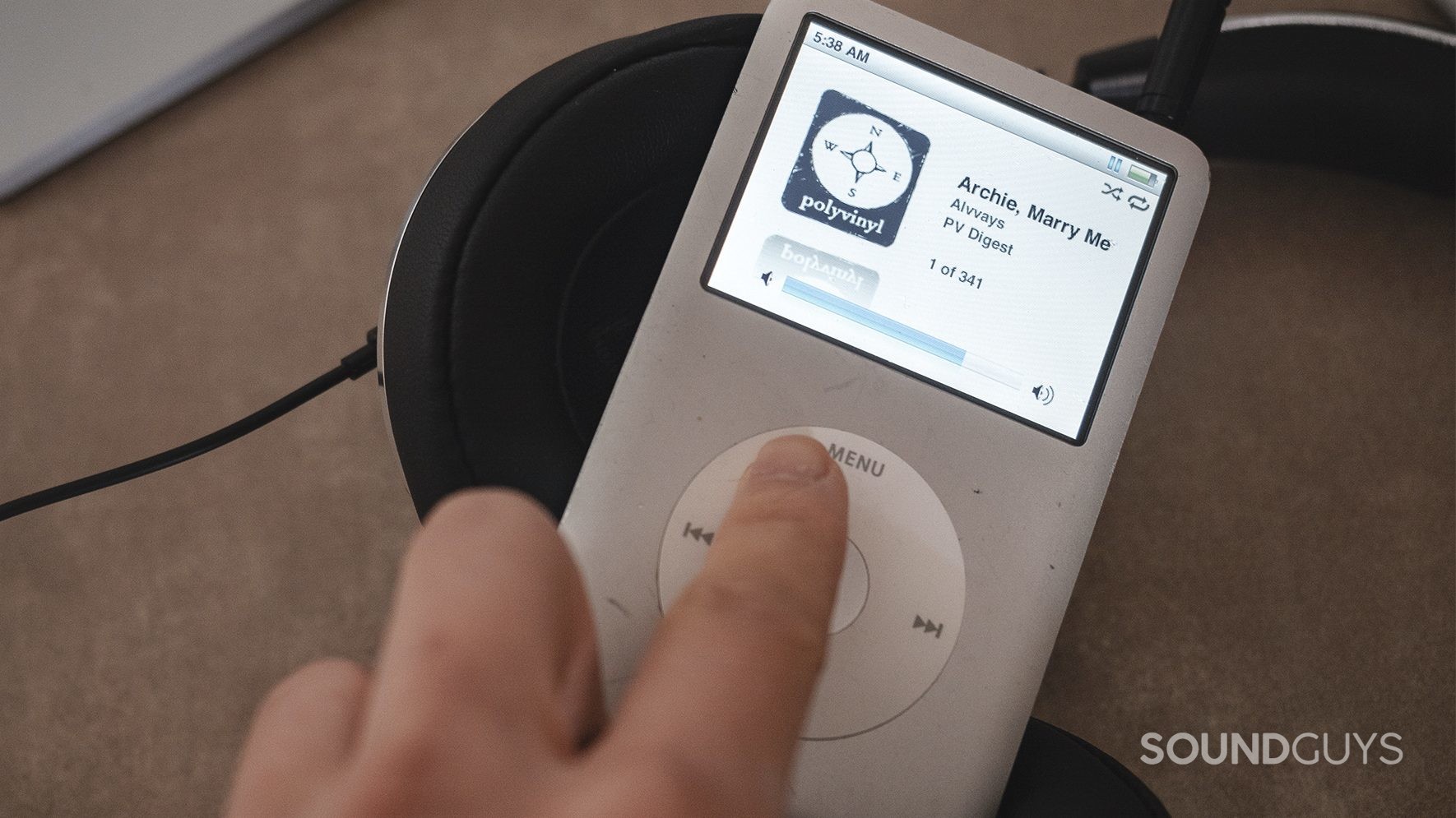
While perfectly good headphone models were available, what’s more permanent than a temporary solution that works? Despite the audio quality and poor noise isolation, most iPod users elected to stick with the included EarPods. Many of the headphones popular in audiophile circles were expensive, cumbersome, or required more output than the tiny music player could provide. It was harder to share information, and outlets like SoundGuys didn’t exist, so it was tough to tell the good from the bad. There were a few gadget catalogs, but many were rife with poor descriptions of the wares they were hawking, covering what could be a miserable experience with an artful pastiche of marketing buzzword prose.
Wireless, but not true wireless
![LG Tone Platinum[5] A person wears LG Tone Platinum neckband earbuds.](https://www.soundguys.com/wp-content/uploads/2016/04/LG-Tone-Platinum5.jpg)
The first wave of wireless earbud designs to appear on the market had wires connecting the left and right earbuds, often incorporating some kind of neckband as a place for the battery pack and controls — with the benefit of making them hard to lose if an earbud was to fall out. Although there were no wires between the source device and the headphones, the two sides were connected (therefore, they were not “truly” wireless). However, the convenience promised by the new type enticed consumers very quickly.
The first true wireless earbuds: the Bragi Dash
In 2014, I was the only person covering headphones for Reviewed.com, toiling away in what appeared, at the time, to be a fairly dead segment. There weren’t many huge splashes in the audio industry then and wired audio was the undisputed king of the ring. Bluetooth was still in version 4, with unreliable connections, poor audio quality, and unable to compete with wired options. The wisdom of the day was that wireless audio would remain a poor substitute for wired connections.
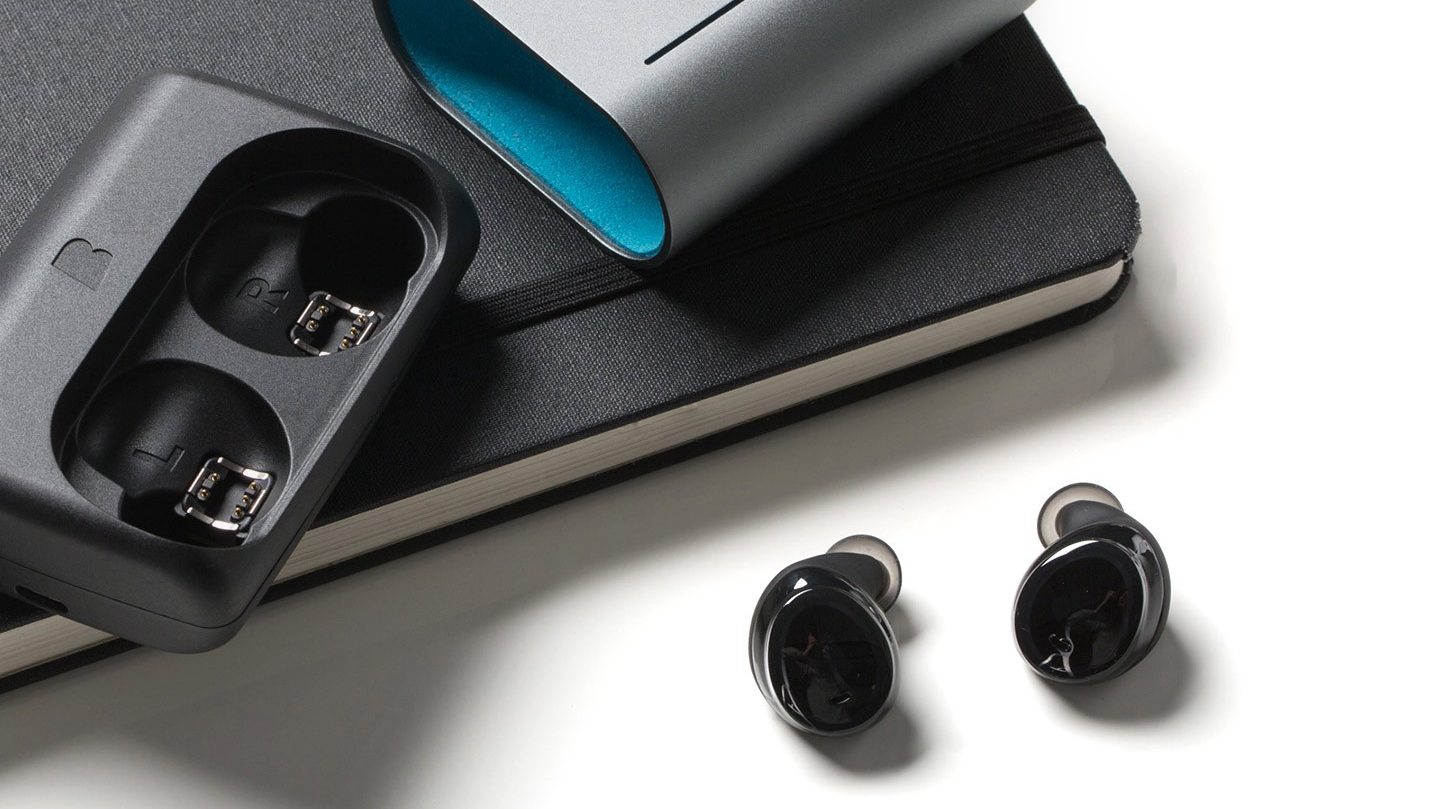
Even though they were technically beaten to the market by the Onkyo W800BT, the first truly wireless earphones that made a splash in the US were the Bragi Dash in 2014, with Earin also jumping into the mix shortly after. When the Bragi Dash was announced, I didn’t cover them. Partially because of the company policy of not influencing the success of crowd-funded projects, but mainly because I saw no future for a product category that had all of the drawbacks of wireless audio — with even more issues heaped on top. Namely, the Dash only stayed in place using the nozzle to keep it in your ear and tended to go flying when they didn’t fit well; the buds were easy to lose, and for the time, $200 was a tall ask for earbuds.
To their credit, the Bragi Dash were an extraordinarily creative and prophetic vision of what was to come. The first model had a whopping 4GB of storage, Bluetooth 4.0 with aptX connectivity, a thermometer, an ear-detection sensor, an ARM processor, and dedicated DSP to power other features. Using the app, you could even log your steps, runs, and additional exercise info. Capacitive touch interfaces also used similar gestures to those we still see today. Indeed, it was an excellent effort.
...we genuinely thought that power users would never tolerate something they couldn't use over several years
The first crop of true wireless stereo (TWS) earbuds didn’t last longer than 3 hours, cost $200-$300, and were mainly aimed at fitness enthusiasts — not your average headphone buyer. However, most manufacturers stuck with wired, with many skeptical of the TWS concept. In an impromptu taco meetup in Somersworth, NH, one CEO confided in me that he couldn’t see the issue with just snaking the cable of wired earbuds through your shirt on a run, and to be honest, I still agree. Once Jabra launched their Elite Sport earbuds in 2016, though, we were off to the races; true wireless was here to stay.
The first true wireless earbuds that people remember: the Apple AirPods
Bragi’s Dash lingered on before disappearing, but ultimately, they weren’t the earbuds people remembered. Just like the LG Prada was the first smartphone with a capacitive touchscreen, what popularized the true wireless product category was Apple’s marketing department: the story of true wireless earbuds is also the story of AirPods.
I’ve written far more words on the AirPods than I ever thought possible over the years, often appearing on the first page of a Google Search. So, I feel uniquely qualified to tell you that the original AirPods — though convenient — were very much a first draft. They suffered all the typical fit issues of traditional intra-concha earbuds, but user-friendly features like automatic pairing were enough to appeal to consumers. This was a true Jony Ive special: a product that looked and felt slick but ignored ergonomics lessons from older products and had enough fatal flaws that it should not have succeeded on its own merits. Yet those first AirPods proved consumer audio was a world apart from enthusiast audio with finality. Performance didn’t matter. Basic fit issues didn’t matter. Product longevity didn’t matter. Enough people wanted overpriced things without wires, and everyone else was dragged along for the ride.
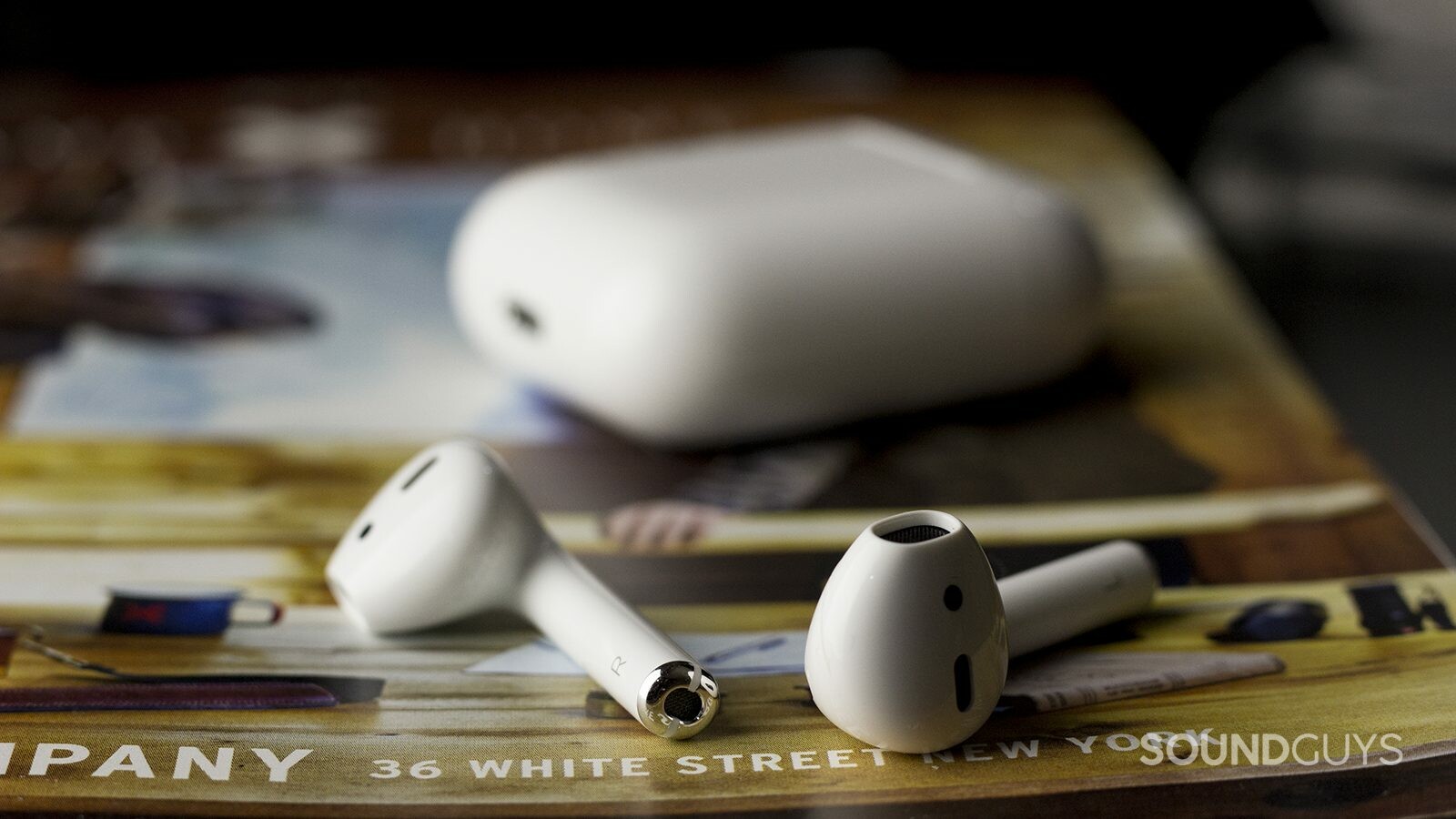
Watching it unfold was horrifying as someone who understood what this would do to the headphone industry, even as many could only breathlessly slobber over the products. I say “horrifying” because this signified a momentous market shift towards devices you couldn’t maintain, safely discard, or discourage the irresponsible use of, accompanied by inevitable ecological and economic disasters. Many people forget — or never lived in a world where this was true — but you used to be able to perform maintenance on just about any appliance or electronic product. If something broke, you could get replacement parts, and batteries weren’t a big concern because they were usually single-use or easily replaceable. Headphones had replaceable parts, and you could easily pop new cables on should something break, and even the cheap ones could potentially be spliced onto new cabling.
Journalists were skeptical of the true wireless tech because we genuinely thought that power users would never tolerate something they couldn’t use for several years — because that had been true for decades. The tiny batteries of the AirPods meant that they were, despite their price, a far more disposable product than the alternatives at the time. Maintenance was not a design consideration; once something broke or got lost, you could only shell out more money for replacements. It’s just a reality of wireless audio now, but the prospect of spending hundreds of dollars on earphones every couple of years was shocking at the time.
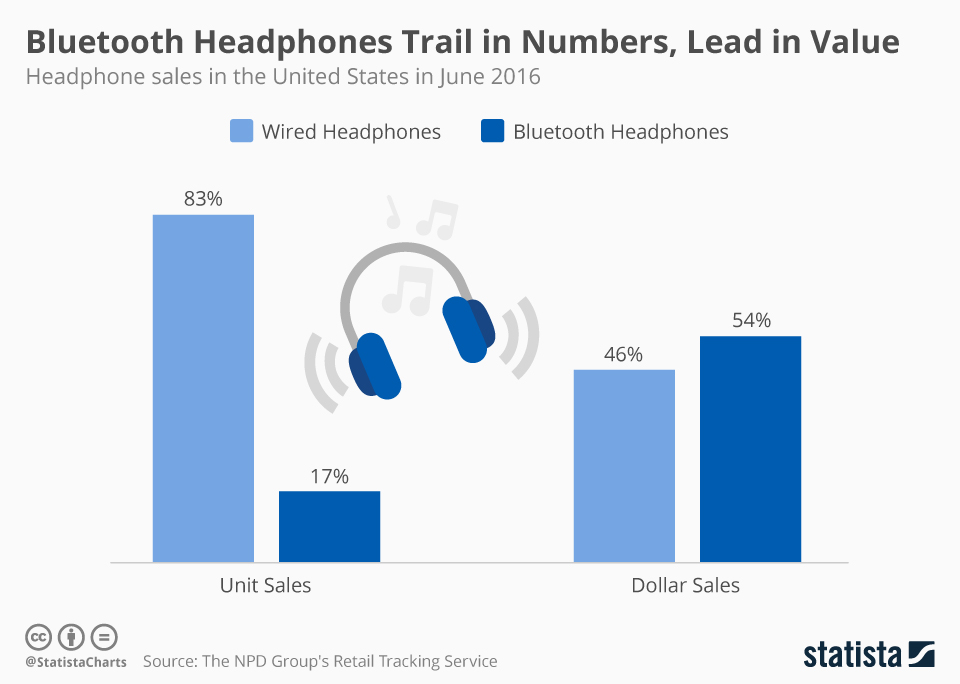
Next, Apple removed the headphone jack from the iPhone 7 and ended the practice of including cheap wired earbuds with its smartphones, effectively forcing those with wired headphones to buy new ones. Though the digital-to-analog converter (DAC) dongle offered by Apple was cheap and performed decently, you could no longer charge your phone and listen to music simultaneously as there was only one port to handle power, audio, or any physical connection you needed. Over the next four years, most Android manufacturers followed suit, eliminating the last refuges of wired headphones. Users suddenly realized that their old headphones would no longer work with their primary device for portable audio.
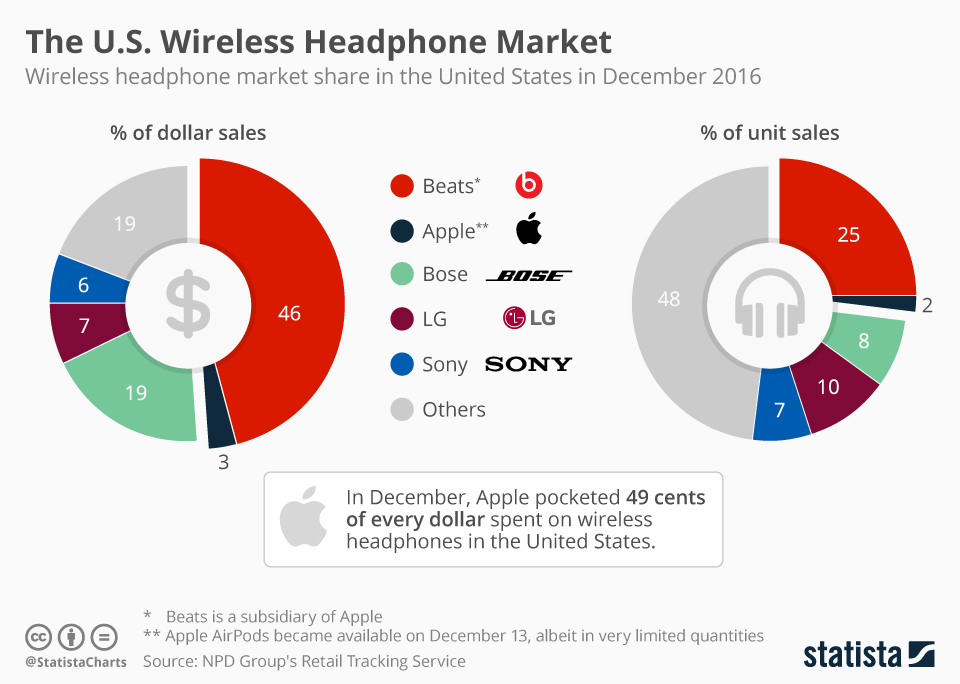
Steadily, Apple became the single most dominant player in audio. Two years after Apple bought Beats for a cool $3 billion, Apple went from having no skin in the game to having a near-monopoly. What started as a toehold into consumer audio quickly became a hostile takeover of the entire segment with Apple’s hardware, Beats’ continuance, and the rapid demise of phones with headphone jacks. By 2016, Apple was earning just shy of 50% of every dollar spent on headphones.
Consequently, many established audio companies were forced to rethink their strategies to compete. From 2016 through 2018, true wireless earbuds from Sony, LG, Bose, JBL, and almost every well-known manufacturer hit the market to varying degrees of success. This product category was now chasing Apple.
Wireless earbuds kill off other headphone designs: 2017-2019
Neckband wireless earbuds like the LG Tone series that had seen over 40% market share from 2013 to 2015 simply vanished, replaced by familiar-looking models that bridged the gap. Because most people didn’t listen to music for more than an hour in one sitting, true wireless earbud owners could charge their products whenever they weren’t in use, sidestepping any issues from the tiny cells inside them.
Though the design advantages of IEM-style earbuds are pretty obvious, many manufacturers tried to emulate AirPods in hopes that their product was “close enough” to cash in on the cultural phenomenon that the glossy white earbuds had become. It was exciting to see what the established titans of consumer audio would do in response to Apple’s sudden incursion on their turf, but not much panned out. Too many companies crowded the market with near-clones of the AirPods, and others tried to do too much to set themselves apart.
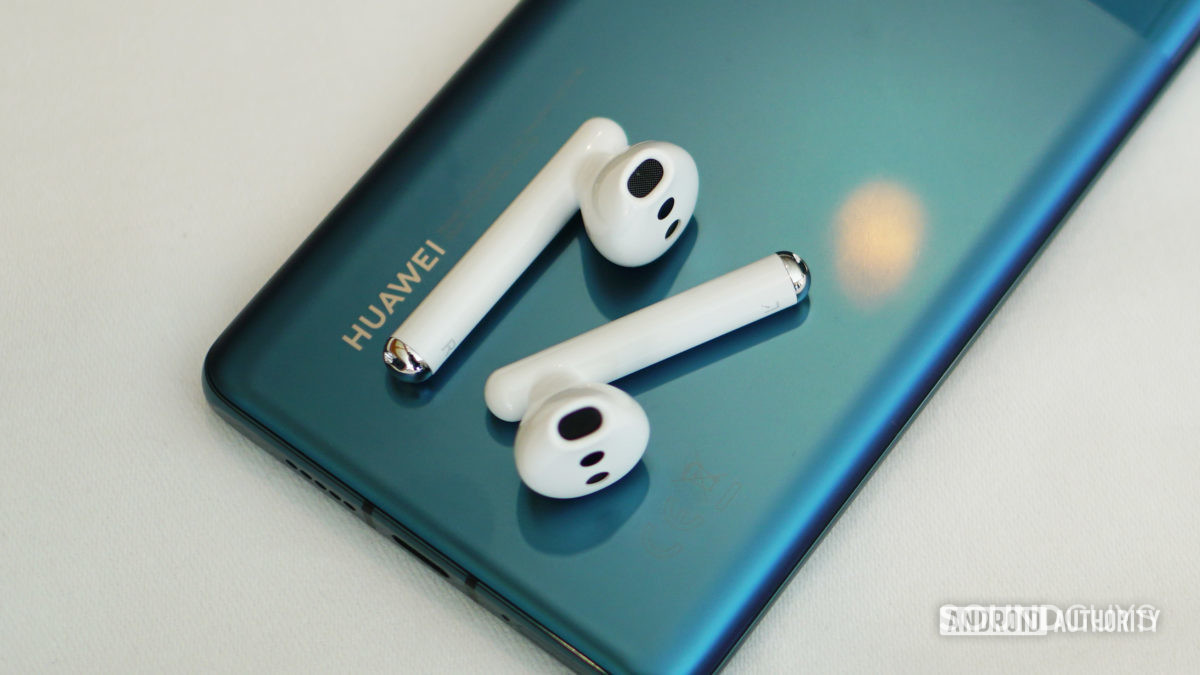
For larger companies like JBL, Samsung, and Sony, product cycles that used to last years dropped to a period of about six months to a year. It wasn’t uncommon to see companies release earbuds that were gone by the next calendar year or even bow out of the segment altogether. This continued until 2019.
True wireless earbuds mature: 2019-2023
The 2019 release of the Apple AirPods Pro sucked the air out of the room as the company continued its 2007 New England Patriots-esque domination of the market. No longer pushing an unsealed-earbud design as its premium wireless option, Apple’s AirPods Pro are insert earphones with silicone ear tips, improved features, and much improved audio quality. Though you can still buy AirPods that resemble the cheap intra-concha earbuds of old, the AirPods Pro went with a design much more akin to an in-ear monitor. Though big names like Samsung, Sennheiser, Audio-Technica, and JBL used the insert earphone-based design to maximize performance, many players in the entry-level earbud arena were still chasing Apple. As the success of the AirPods Pro became evident, we started seeing a dramatic reduction in bad, unsealed earbud designs.
As of 2023, (the AirPods Pro) remains the single most successful product in the entire headphone category worldwide
As of 2023, it remains the single most successful product in the entire headphone category worldwide. According to data collected by SonarWorks, the first AirPods Pro account for almost 8% of all headphones by market share from 2021 to 2022. The following runners-up are the Apple AirPods (2nd Gen.) at 7.18% and the Apple EarPods at 4.13%. Only the Samsung Galaxy Buds Pro cracked 2%. Of the top ten models, seven were true wireless earbuds. While coverage of headphones would lead many to believe that the ANC over-ear segment is selling more than it is, the bulk of our readers come looking for coverage of true wireless earbuds. So far, in 2024, the product category accounted for 53% of our top article traffic, while the rest is mixed between ANC headphones, microphones, studio equipment, and “audiophile” headphones.
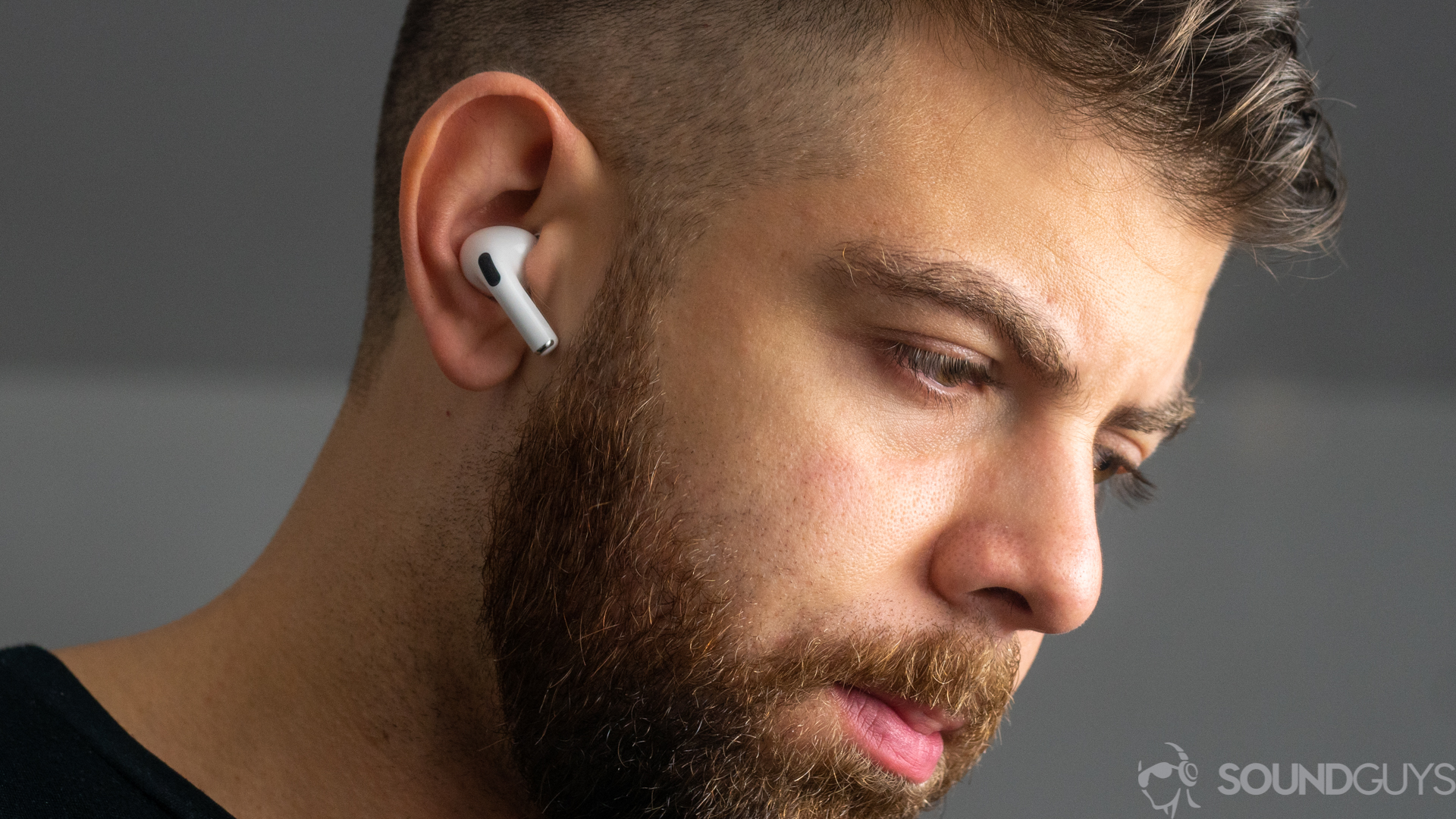
With the pandemic putting extreme upward pressure on headphone sales, true wireless earbuds solidified their dominance on the backs of high-profit margins, high consumer satisfaction, and category maturity. The segment was finally democratizing its best features and becoming mature, surpassing wired earbuds in 2021. In particular, web search interest for AirPods peaked but hasn’t dropped since.
More active noise canceling (ANC) earbuds started hitting the scene. Though most people take the tech for granted now, few remember that outside of a few high-priced models, few true wireless were available with ANC even as recently as 2021. For example, the Samsung Galaxy Buds line did not see the adoption of ANC in its insert TWS earbud models until the Galaxy Buds 2 in 2021.
Though there was far more variety in the designs, the big difference between the earbuds of 2017 and those of 2020 was that the newer buds weren’t limited by poor imagination or chasing the success of AirPods; solid ideas existed behind them. Earbuds started popping up with recesses to piggyback on smartwatches or began experimenting with new control schemes and forms, truly creative takes on what could make a good audio product. Top-flight product lines like the Samsung Galaxy Buds series were able to take some risks with models such as the Galaxy Buds Live. Earbuds began to shift into a mature yet diverse set of forms centered around a user experience you could choose — rather than be forced into.
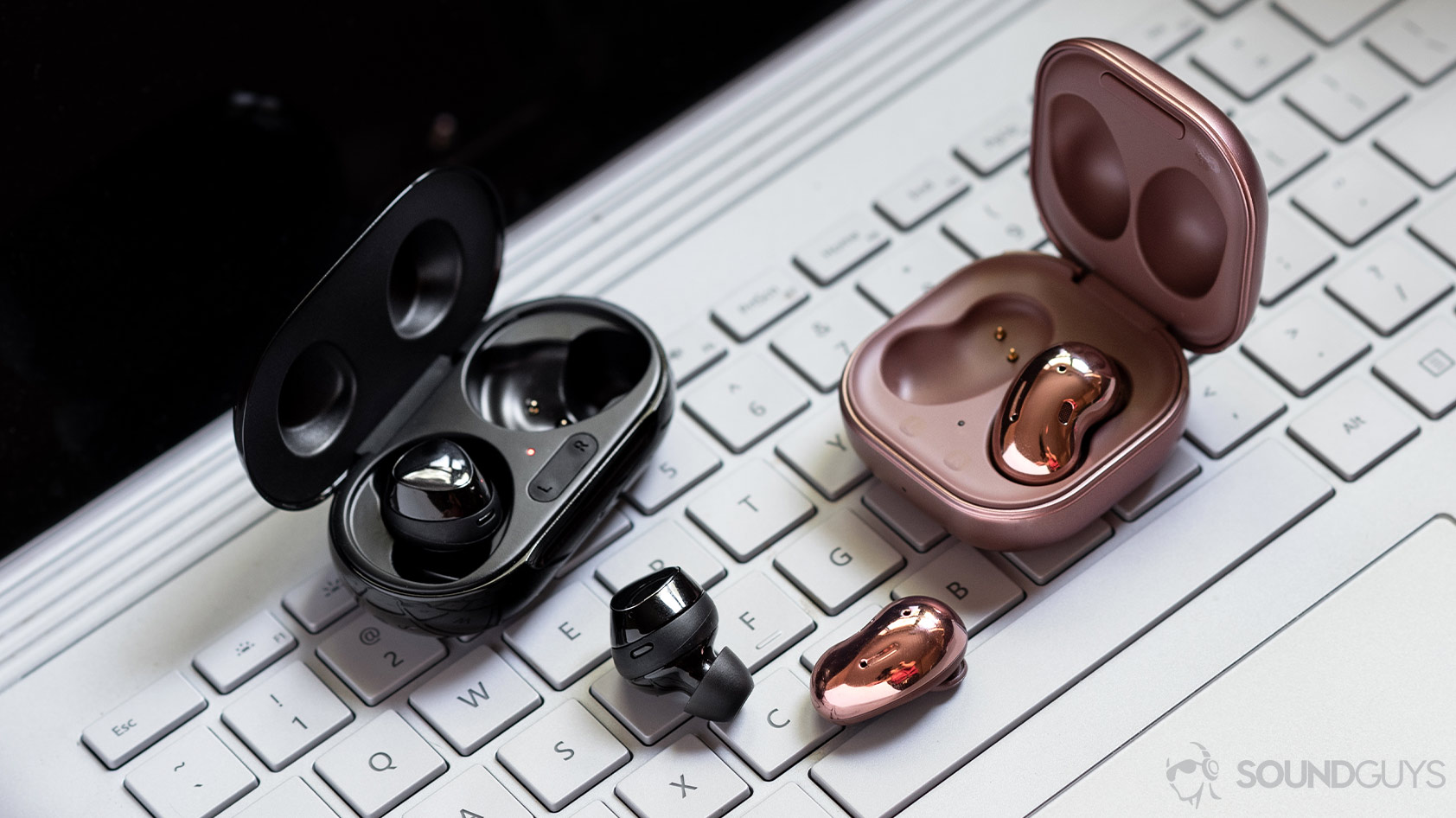
Want to hear your surroundings? Get open earbuds like the Sony LinkBuds. Want something to work out with? Bose, Samsung, Anker, and others have you covered with ear hooks and concha fins to keep the earbuds in place. In 2019, many releases hit the mid-range segment ($100-200) that inherited top-end features like ANC, fitness tracking, and more.
Since then, the market for in-ear monitors has bounced back among enthusiasts, but the true wireless earbud has all but completely replaced the traditional design on the shelves of big box stores for good.
The future of true wireless
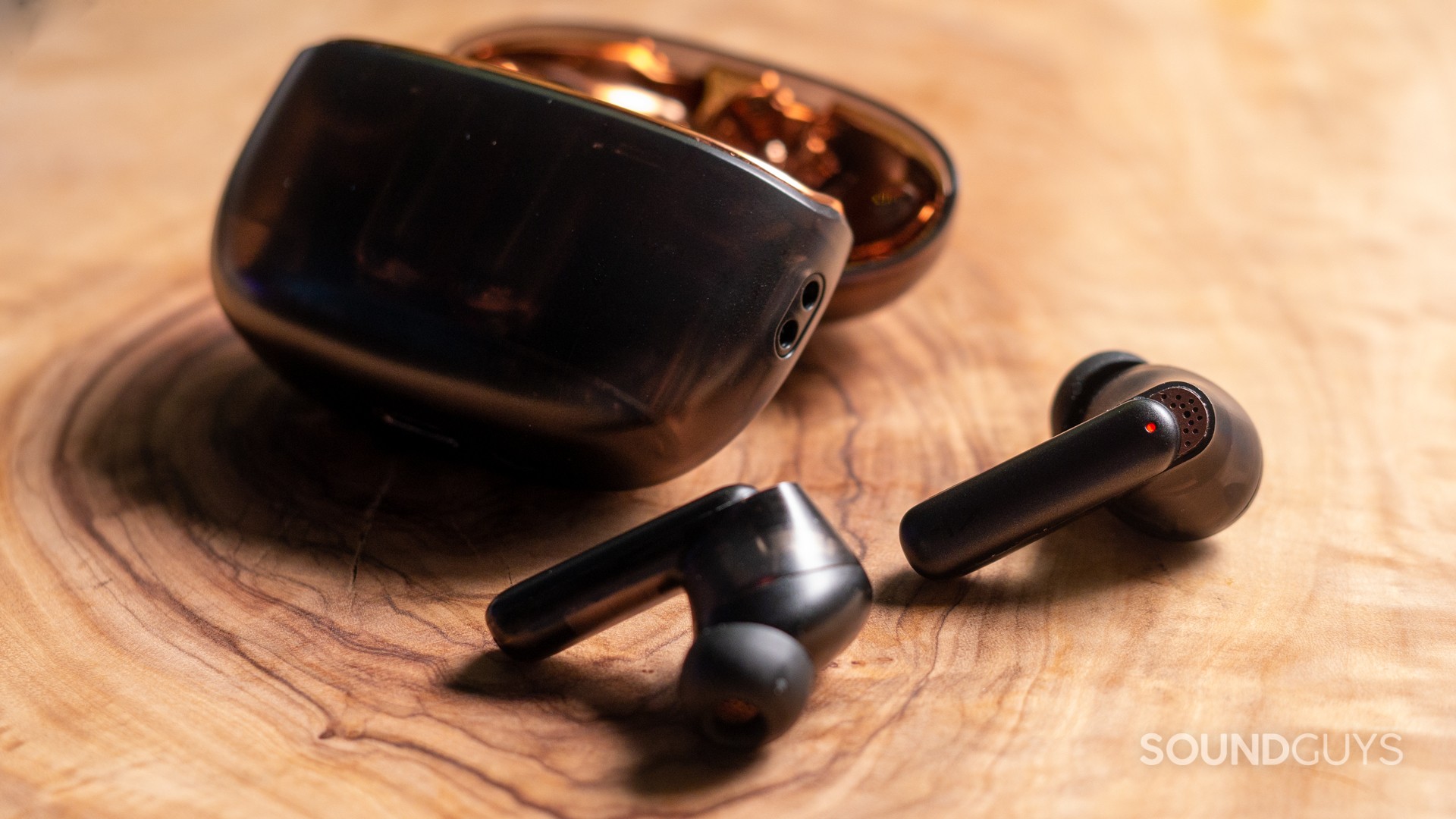
Though true wireless earphones were able to dominate the personal audio market despite their flaws, they’re currently at the cusp of shedding their most significant design setbacks. As they’ve permeated the market in startling ways, much research and development has been thrown into them. The advent of MEMS drivers, truly lossless wireless audio, and associated benefits mean that the earbuds of 2025 and 2026 will be even more different than those of 2016. You may see the conventional wisdom that over-ear headphones outperform earbuds ceases to hold. We’re excited to see where this goes!